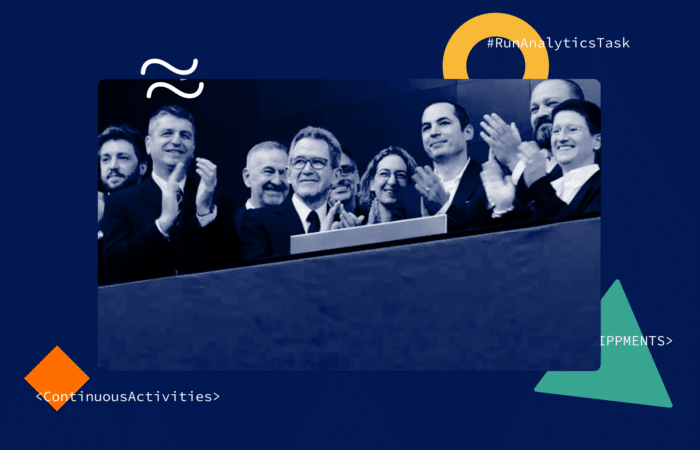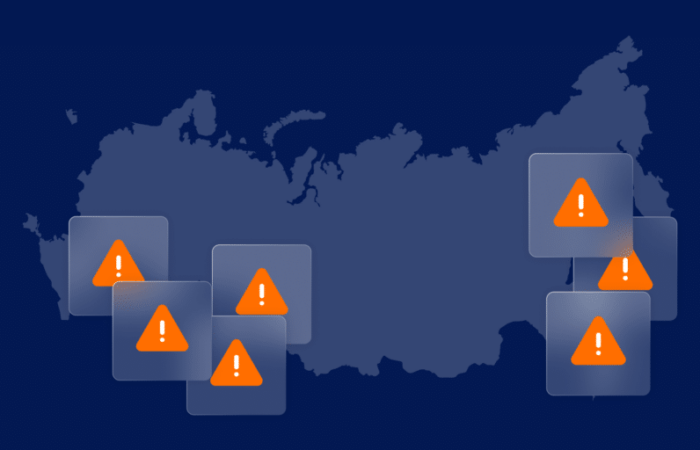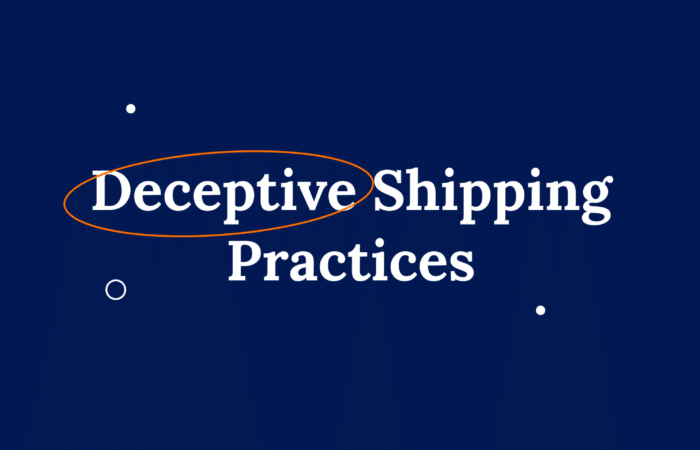What’s inside?
The idea of ships meeting at sea may seem strange; however, there are a variety of reasons that could explain why they do. Ship-to-ship (STS) meetings are common for fuelling, cargo transshipment, to change crew, let a pilot on board, and more.
While most of these reasons are legitimate and legal, ship-to-ship meetings can also be linked to the illegal smuggling of drugs, oil, and trade. Ships can meet at sea to engage in illicit activity or support bad actors, such as transporting illegal goods, bunkering sanctions-violating ships, and so on. If this is the case, it may put the entire organization and business at risk.
That is why businesses and organizations must have tools in place to help them recognize the behavioral patterns and maneuvers of ship-to-ship meetings to determine what type of activity may put them at risk. However, like most things in maritime, this task is easier said than done.
Understanding the behavior of STS meetings
When ship-to-ship meetings take place, the behavior is often characterized by the type of activities, each with its own distinct behavioral pattern and maneuvers. Sometimes ships may sail side-by-side for hours, while other times, the interaction may be brief just to exchange crew members. If transferring cargo or crude, the STS may even take days. The variety of activity types and patterns they create makes STS detection both critical and challenging for organizations.
Precise detection of STS is key to understanding supply chains, assessing safety risk profiles, and uncovering illicit activities. But the amount of data that must be taken into consideration, the complex analysis that needs to be taken, and the many nuances and ambiguities it presents, make STS analysis complex. This is why we chose to deal with STS detection by utilizing the most advanced data science tool available today – deep learning.
Integration of deep learning in STS analysis
Deep learning (DL) is a relatively new machine learning (ML) method that has been revolutionizing the field of artificial intelligence (AI) over the last few years. Classic machine learning algorithms need to be trained using data that has already been cleaned and processed in order to be effective. Deep learning, on the other hand, can learn effectively from raw data that might be “noisy” or incomplete, and thus utilize more significant amounts of data to accomplish tasks that may have been out of reach before. When applied to STS analysis, deep learning technology can help understand STS occurrences, and based on the behavioral patterns, can provide insight into the type of engagement taking place.
Inspired by the complexity of the human brain, deep learning technology uses millions of neuron-like components that interact with each other to accomplish a single task. These models take large amounts of labeled data coupled with massive computational power and technical know-how, to provide a clear picture of data previously not accessible to understand the nuances of the ships behavioral activities.
Challenging deep learning models
To help organizations use deep learning without drowning in data, deep learning modeling techniques require a fundamental shift.
Training models require what is known as “labeled data.” In the case of ship-to-ship meetings, each data point, such as ship maneuvers, would need to accurately labeled–in this case, as either “STS” or “not STS” – by a human expert. The same human expert labeling would need to be done for millions of pieces of data. This is not a viable solution that can be scaled by companies.
So how can companies integrate deep learning models for STS analysis without it being too expensive or timely? By challenging the way deep learning models work.
Up until recently, our STS detection models used classic machine learning techniques, so we figured they might give the new approach a head start. And so we found a way to do it – a wonderful technique called “Model Distillation.” Model Distillation is a modeling method that takes simple models and uses them as teachers for more complex models. Paradoxically, the teacher models are limited and straightforward, and if trained carefully, the new student models outperformed in our case by roughly 15%.
To create a powerful solution that expertly meets the needs of maritime professionals, we coupled our modeling techniques with decades of experience in the maritime domain, leveraging our experts to improve the model even further. By using our world-class experts to correctly label cases that tricked our models, we were able to improve the active learning capabilities of the model. This, in turn, further enhanced the effectiveness of the modeling technique.

The future of behavior analysis is in deep learning
Understanding what ships do when they meet at sea is just one of the many things organizations involved in maritime trade need to take into consideration. To reduce the workload and the potential for human error, technology integration is crucial in every aspect of maritime, including STS.
The way to do that is by bringing together human experts with advanced technology.
At Windward, we did precisely that, and we were able to create a model that improved results by over 20%. Thanks to a little creative thinking and a love of deep learning, we proved that technology can simplify STS analysis and understand what it means when two ships meet at sea.
Gilad Landau is a Senior Data Scientist at Windward






